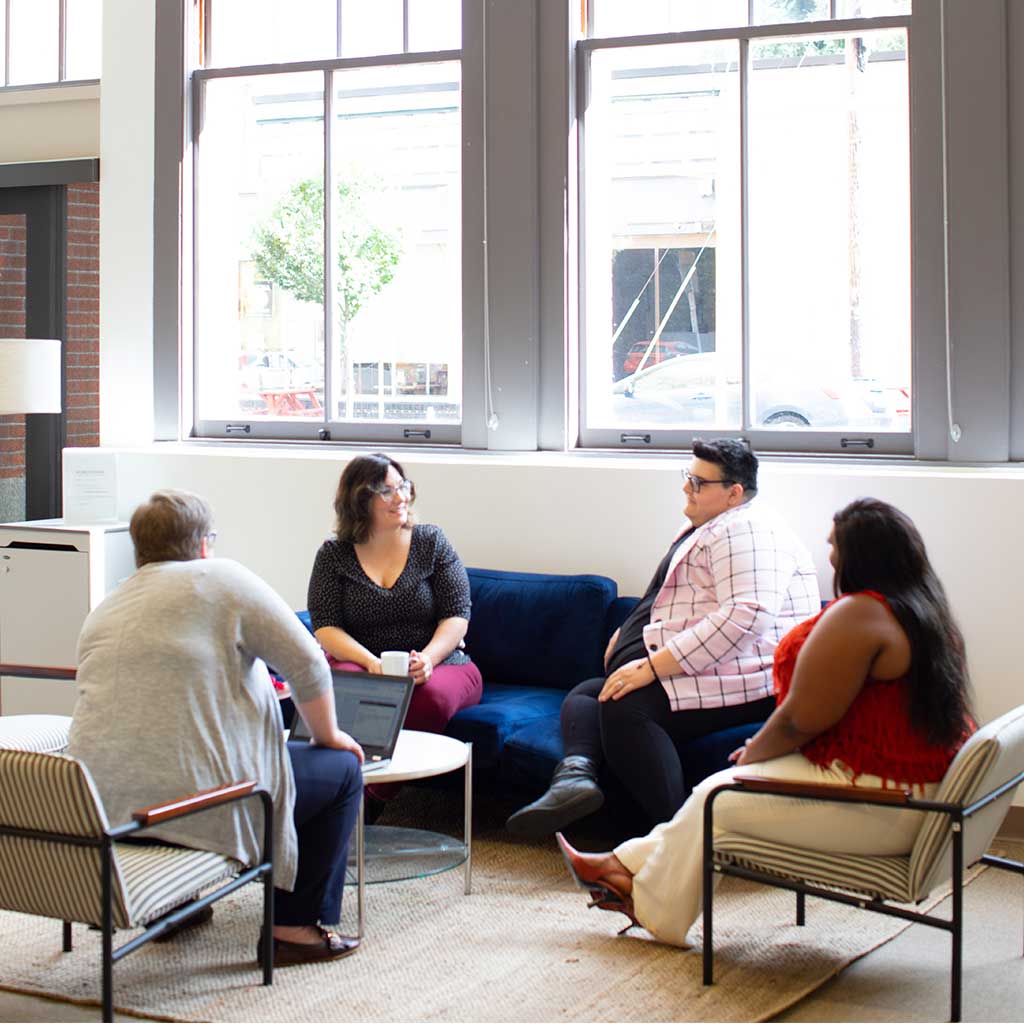
Group therapy is psychological therapy that takes place with a group of people. This term is applicable to any type of psychotherapy in which a certain group of people participate. Group therapy has many benefits, since it takes place within a support network and offers the opportunity to meet other people who have similar problems. In this setting, you work with the therapist and other members of the same group. They are encouraged to share their experiences and thus begin to work on a greater understanding of themselves.
But what is group therapy?
It was during World War II that SH Foulkes and Wilfred Bion developed group therapy to treat combat fatigue at the time. But, it is the United States where it was first used after Joseph H. Pratt, Paul Schilder, and Trigant Burrow founded the approach in the 20th century. After the Second World War, group therapy extended further.
Currently, group therapy consists of a group of people between 7 and 12, and the therapist. In the first session, people introduce themselves and share why they are there. Subsequently, the therapist encourages the other members to discuss each other’s own experiences and progress. The type of therapy structure will consist of the problems to be treated and the therapist’s own style.
As with every therapy, the sessions are confidential. You will likely be asked for a commitment not to miss a session. Sometimes it will only be discussed, while in others there may be activities to be carried out. Such activities could be problem solving or confidence exercises.
It is not mandatory to speak during the first or second session, some people do not feel comfortable until after a few weeks.
Group analysis is a specific method of group psychotherapy. It originated in the 1940s by SH Foulkes. Within the group analysis, the fundamental interest in the relationship between the individual and the rest of the group is established. The combination of psychoanalytic ideas and the understanding of interpersonal functioning, the focus is on improving the integration of the individual with his community, the social network and the family.
In certain respects, group and individual therapy have similarities and the same goals. In group therapy, the therapist can use group dynamics to achieve goals in different ways. Generally speaking, the goals of group therapy are:
- To help people identify maladaptive behaviors.
Being in the group and therapy setting helps people to identify wrong behaviors and differences. Since there is room for comparison, it may be discovered that you may not be as adaptable as you would like. Therefore, group therapy has as one of its objectives to help people see themselves and see their behaviors with better clarity. - Help with emotional difficulties through feedback.
Emotional difficulties are discussed with the therapist and other members of the group. This provides you with extensive feedback. This could be advice from the therapist or even advice from other group members who have already experienced a similar problem. The point is, help him learn his own control methods so he can handle things if a problem arises. - Offer a supportive environment.
Group therapy is not just an opportunity for information and advice. But it is also an opportunity to learn to reach out and support others. What is discussed within the sessions is carried out confidentially.
Yalom Factors
Irvin Yalom was key in the development of group therapy. Its therapeutic factors still adhere to many styles of therapists working with groups today. Some examples:
- This factor is to recognize that shared experiences within a group can be universal. Something that many people experience. Universality helps improve self-esteem by eliminating feelings of isolation.
- When you are participating in a group session, you can find support and advice from other members. This sense of altruism helps to develop one’s own interpersonal skills and adaptive coping styles.
- Light of hope.
Group therapy sometimes involves people in different stages of recovery. Which means that a person can find an environment with others who have been in similar situations but have already recovered. So it gives a sense of hope to those who are still dealing with the same problem but in the beginning. - Information exchange.
Many people who attend group therapy have reported learning a lot about others around them, which could include information about treatment or access to services. - Development of socialization techniques.
Speaking in a group therapy session allows the person to improve social skills and interpersonal behavior. This helps build confidence and put knowledge into practice outside of sessions. - Existential factors.
Talking with others about personal experiences can help the person learn about responsibility and the consequences of their decisions. Sometimes listening to the mistakes made by someone else can help give the person perspective.
Benefits of group support Group
therapy helps treat addictions, anxieties, depression, eating disorders, obsessive-compulsive disorder, relationship difficulties, schizophrenia, and self-harm.
Seeking support from others can be of great value when you are having emotional difficulties. It is important to find a method that works for you. Talking with a professional can help you decide if you would benefit from group or individual therapy.
 Radiobina | A different experience from life
Radiobina | A different experience from life
